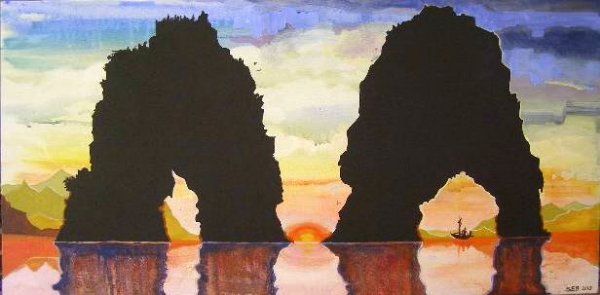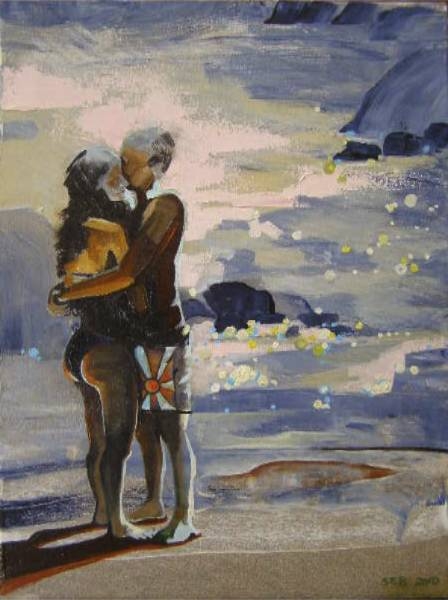“... With cities, it is as with dreams: everything imaginable can be dreamed, but even the most unexpected dream is a rebus that conceals a desire or, its reverse, a fear. Cities, like dreams, are made of desires and fears, even if the thread of their discourse is secret, their rules are absurd, their perspectives deceitful, and everything conceals something else.”
- Italo Calvino, Invisible Cities
The above passage comes from Italo Calvino’s surreal compilation of short stories Invisible Cities, which illustrates conceptual ideas of place through the dialogue of Marco Polo and Kublai Kahn. They speak in symbols because of a language barrier and because words fail to give a genuine sense of the uniqueness each city within his empire possesses.
A dream is an internal construct, like a memory. It is hardly the reality, but capable of becoming a catalyst towards action, a vision to resolve a challenge or problem, or a reflection of our self and culture. The project Invisible Cities: Capri is homage to the themes in Calvino’s work. The hook is a non-place, the Capri the artist has imagined with the aid of the black and white photography of Umberto D’Aniello, her grandmother’s gestures and stories of her childhood in a Neapolitan family, and an unconscious desire to swim on the mythic island of the Sirens. The question of authenticity should immediately become suspect. The paintings were not made with the true experience of Capri. The artist plays with simulacra, a copy without an original, and hyper reality, a copy of a copy, which transforms the authentic into a new sort of reality. What one waits for instead is the focus of the project. The work is meant to raise questions in the audience regarding reality versus perceptual illusion and expectations. When one looks, does he delight in his own personal memories, fears, and desires and interpret the dream? What is the interest or parallel? Does he linger in the void, just to give pause like a traveler who waits in transit to arrive somewhere? The romanticized location of Capri is an illusion. If one travels to a location, he casts himself upon it and must create the experience. The objective in the end is a balance between the two, a meeting of expectation and what exists.
Dreams have a quality of eliciting a psychological tension in the same manner that painting is capable. An image is frozen in time and automatically rests in a liminal space, but dichotomous elements within cause a vibration that is unique to this media. She employs balance and simple construction of washed out depth of field against lush built oil paint, articulated details against abstract shapes, and void, flat black and white masking and revealing shimmering layers of saturated color.




















